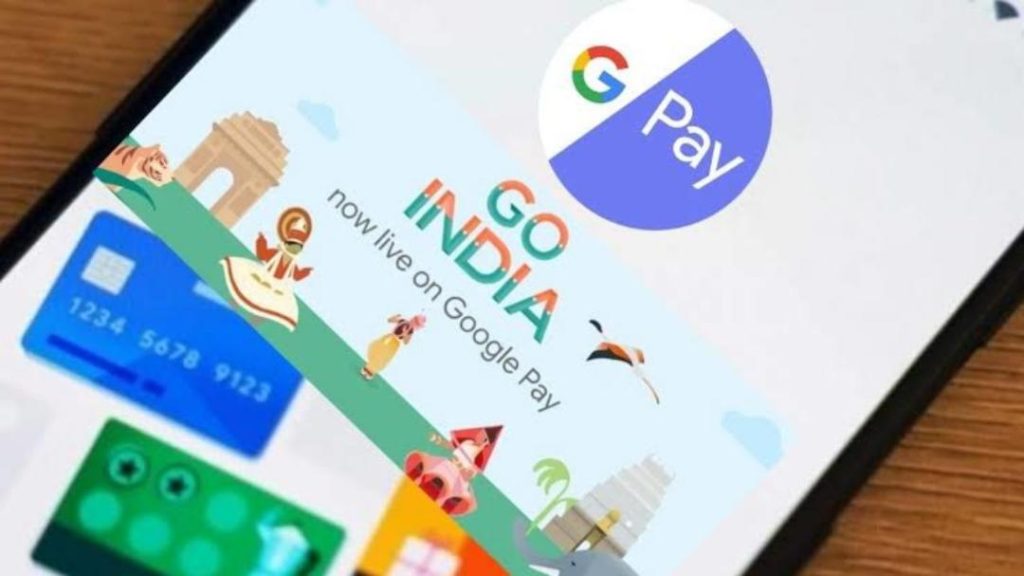
Google Pay will charge convenience fee on card-based bill payments
In a recent development, Google Pay has introduced a convenience fee for card-based bill payments, marking a significant shift towards monetizing digital payments in India. The tech giant has started charging this fee for transactions made using credit or debit cards, which ranges from 0.5 percent to 1 percent of the transaction value plus Goods and Services Tax (GST).
This move has sparked curiosity among users and businesses alike, who are trying to understand the implications of this change. In this blog post, we will delve into the details of this new development and explore its broader implications on the digital payments landscape in India.
According to the latest reports, the convenience fee will be applicable to card-based bill payments made through Google Pay, including utility bills, subscription services, and other recurring payments. The fee is calculated as a percentage of the transaction value, with a GST component added to it.
For instance, if a user makes a payment of ₹1,000 for a utility bill using their credit card on Google Pay, they will be charged a convenience fee of 0.5 percent to 1 percent of the transaction value, which translates to ₹5 to ₹10. This amount will be added to the total bill amount, making the final payment amount ₹1,005 to ₹1,010.
It is essential to note that this convenience fee is not applicable to transactions made using the Unified Payments Interface (UPI) without cards. UPI-based transactions, which allow users to make payments directly from their bank accounts, will continue to be free of charge. This move reflects Google Pay’s strategy to incentivize users to adopt UPI-based transactions, which are more cost-effective for the company and the users.
The reason behind this new fee structure is to encourage users to use alternative payment methods, such as UPI, which are more efficient and cost-effective for the company. By charging a convenience fee for card-based transactions, Google Pay aims to reduce its costs and increase its revenue.
This development is a significant shift in Google Pay’s business strategy, which has been focused on promoting digital payments and financial inclusion in India. The company has been aggressively pushing for UPI adoption, and this new fee structure is a reflection of its efforts to monetize its digital payments platform.
The implications of this change are far-reaching, and it is likely to impact the way users make payments online. With the convenience fee in place, users may be more inclined to opt for UPI-based transactions, which are free of charge. This could lead to a decline in the use of credit and debit cards for online transactions, potentially affecting the financial institutions that rely on these payment methods.
On the other hand, businesses that rely on card-based transactions may need to reassess their payment processing strategies to minimize the impact of this new fee structure. They may need to consider alternative payment methods, such as UPI, or negotiate with Google Pay to reduce the convenience fee.
In conclusion, Google Pay’s decision to charge a convenience fee on card-based bill payments marks a significant shift towards monetizing digital payments in India. While this move may impact the way users make payments online, it also reflects the company’s efforts to promote UPI adoption and reduce its costs. As the digital payments landscape continues to evolve, it is essential for users and businesses to adapt to these changes and explore alternative payment methods that are cost-effective and efficient.
Source:
https://trak.in/stories/google-pay-will-now-charge-convenience-fees-for-card-based-bill-payments/






